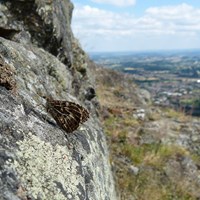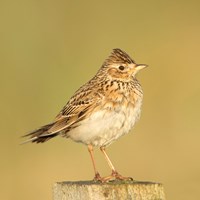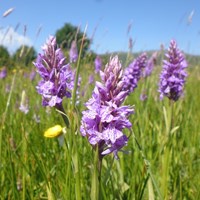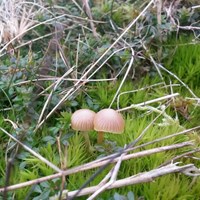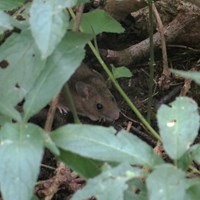With a long history of protection and careful management, the Hills and Commons are full of wildlife. Go quietly and you may encounter some of our fantastic species that inhabit the varied habitats found across the area.
Wildlife
Our woodlands in spring are full of Bluebells and birdsong with Nuthatch, Song Thrush, Pied Flycatcher and Marsh Tit. At night time the woods are used by many bats with an amazing 13 species recorded including Serotine and Barbastelle.
Upslope as the woods give way to more open habitats, the scattered scrub and Bracken is home to Harvest Mice, Stonechat, Tree Pipits, Adders and Grayling butterflies. They prefer the mosaic provided by Bracken, grassland, scrub, bare rock and occasional trees.
On the flat commons and hilltops the open grasslands prevail providing a home for Small Heath butterflies, Meadow Pipits, Green Woodpeckers and Dung Beetles. These grassland are home to some of our rarer plants including Marsh Orchids, Spring Cinquefoil and the diminutive Little Mouse-ear! The grasslands are also a great place to see fungi especially waxcaps. The area has a superb collection of veteran trees many of which are pollards such as the black poplars found across Castlemorton Common.
Much of the wildlife here is reliant on careful management including livestock grazing, harvesting hay and scrub control. Without it the variety of life would be drastically reduced. We work in close partnership with the national conservation body; Natural England.
Natural England (external link)
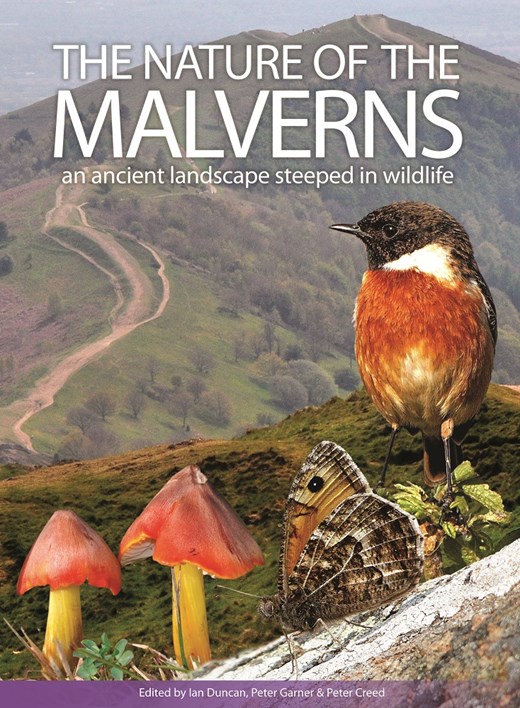
Nature of the Malverns
If you're fascinated by the nature of the Malvern landscape or want to learn more the Nature of the Malverns has it all.
With spectacular photos and details of the nature of the Malvern Hills and beyond, you won't want to miss out on this wonderful 'coffee table' book.
We've been working with local experts to put together the first book compiling all the natural aspects of the Malverns from the Pied Flycatcher to the Pink Waxcap and from Goblin Gold to the Grayling butterfly.
With a Foreword by writer and broadcaster, Brett Westwood, all of the sections are written by local experts and most of the stunning photographs supplied by local photographers.
Copies can be bought from the Malvern Book Co-operative.
All the proceeds from this book will go towards wildlife conservation on the Hills and Commons.
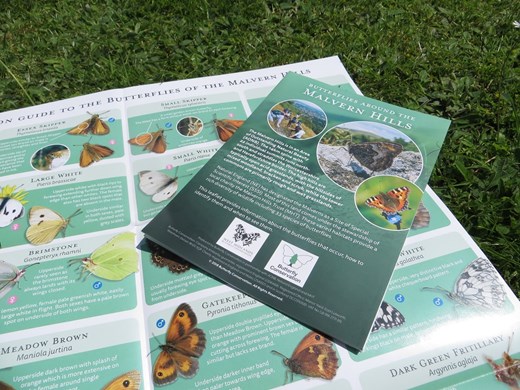
New butterfly leaflet for Malvern Hills
To celebrate the success of the grayling conservation work on the Malvern Hills, we've worked with Butterfly Conservation West Midlands and the Malvern Hills AONB to produce a new butterfly leaflet.
With information on all the butterflies (and some day flying moths) that make the Malvern Hills their home this free leaflet is a great free guide.
Take a copy with you on walks this summer to help you identify species on the Malverns.
Copies can be picked up from the Malvern Tourist Information Centre, our office (opposite Malvern Theatre) or an electronic copy can be downloaded below.
Butterfly leaflet - Side 1 (PDF) 7mb
Butterfly leaflet - Side 2 (PDF) 3.5mb
Useful resources
Our work for ground nesting birds
We care for over 1200 hectares of the Malvern Hills landscape with many different important features and special qualities. One of the these features is the presence of ground-nesting birds for which we've put together some more information on how we manage the Hills and Commons for these birds.
Our work for ground-nesting birds (PDF)
Notable Flora
We keep a record of all the unusual and rare plants on the land under our care - notable flora. Plants are 'notable' in this context if they are scare or rare, either in Worcestershire or nationally; however, some more common plants have also been included if they may require protective management because they are scare or rare on land we care for.


